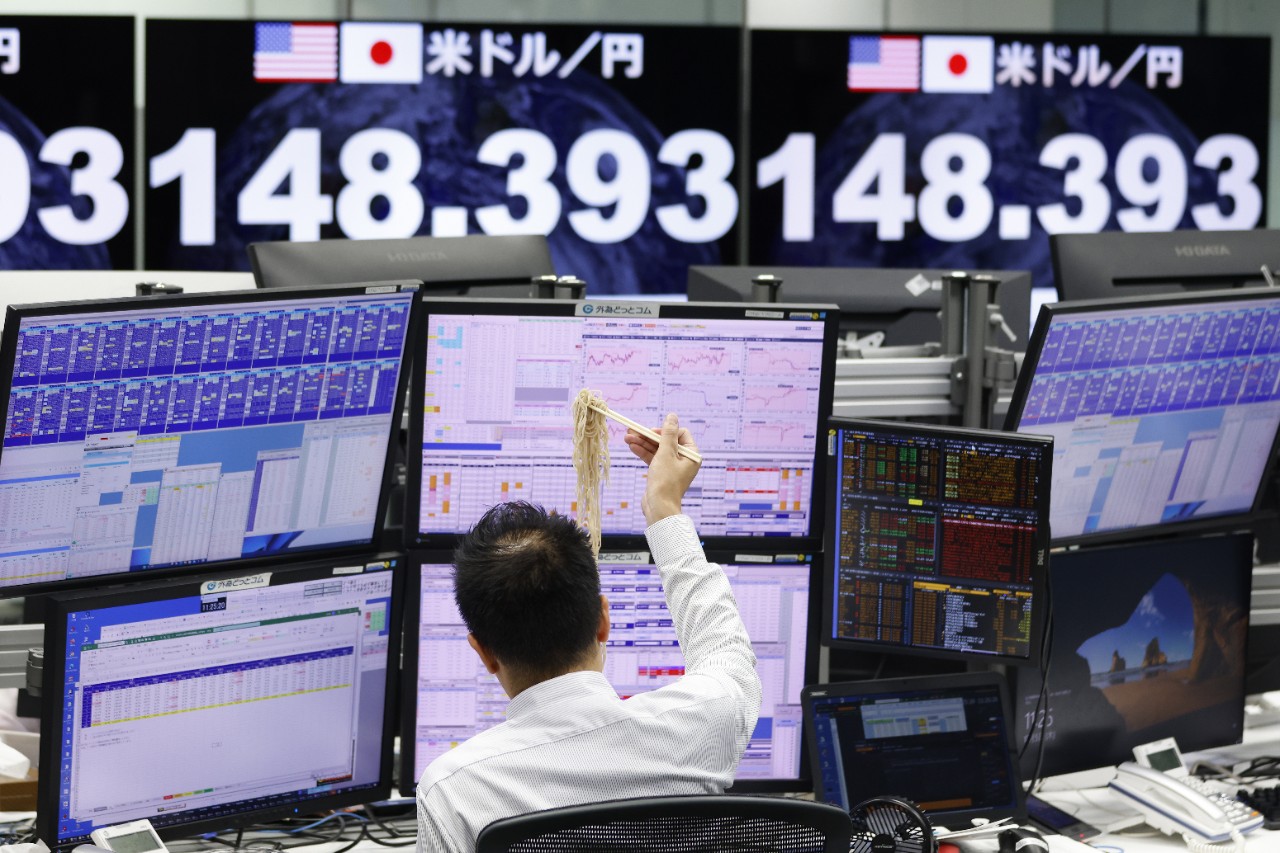Political uncertainty grips Japan ahead of election
Japan’s Upper House election on 20 July represents a pivotal moment for the country’s political landscape. The ruling coalition of the Liberal Democratic Party (LDP) and Komeito needs to secure 50 seats to maintain its majority in the chamber.
However, recent polling data from local press Asahi Shimbun, conducted on 13-14 July, suggests the coalition will likely win only about 43 seats. The right-wing opposition Sanseito is expected to capture up to 18 seats, potentially gaining substantial influence.
Although the ruling coalition will most likely remain the largest bloc, the diminished majority could affect the coalition’s ability to choose a prime minister and drive crucial policy reforms. This political uncertainty has already begun to influence Japan’s financial markets.
US-Japan trade tensions add pressure before election
Despite facing a proposed 25% broad-based tariff, Japan continues negotiating with the US before the 1 August deadline. The Japanese delegation hopes to secure trade talks with US Treasury Secretary Scott Bessent during his visit to the World Expo in Osaka this weekend.
A lack of progress in these discussions could further erode voter confidence in the ruling party. The timing of these trade negotiations coincides unfavourably with the election campaign period.
Market participants are closely monitoring these developments as they could significantly impact Japan’s economic outlook. The combination of political uncertainty and trade tensions creates a challenging environment for policymakers.
Impact on financial markets
USD/JPY strengthens on political and policy concerns
USD/JPY has strengthened 3% month-to-date, driven by both US dollar strength and election concerns. The yen’s weakness reflects expectations that opposition parties would implement looser fiscal policies. As the market has already partially priced in a high probability of the ruling party’s defeat, we believe USD/JPY’s strength is capped by the resistance level at 149.
Furthermore, speculation about US-Japan trade talks including forex discussions could limit further yen weakness. Japan may need to strengthen its currency to help narrow the US trade deficit.
Bond yields surge as fiscal policy concerns mount
The Japan government bond yield curve has steepened significantly amid political uncertainty. The 20-year yield has shifted up from 2.35% to 2.58%, reflecting market concerns about future fiscal policy.
The 30-year yield broke to a new high at 3.225% on 15 July before retreating to current levels. This yield curve steepening suggests markets expect higher inflation and government spending under potential new leadership. It also reflects concerns about Japan’s debt sustainability.
Figure 1: Japan government bond yield curve (17 Jul vs. 30 Jun)
